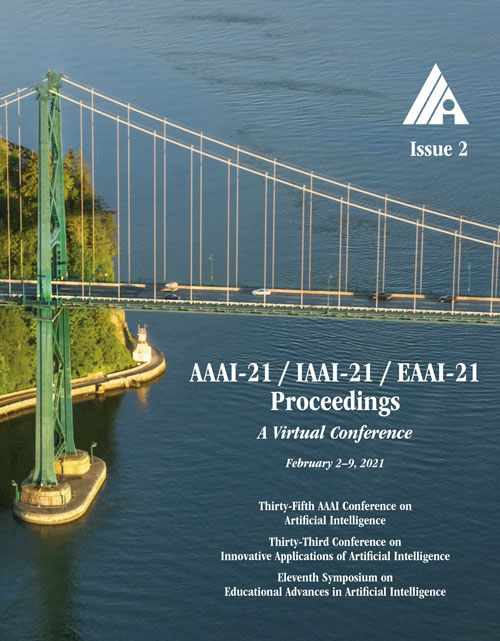VIVO: Visual Vocabulary Pre-Training for Novel Object Captioning
DOI:
https://doi.org/10.1609/aaai.v35i2.16249Keywords:
Language and VisionAbstract
It is highly desirable yet challenging to generate image captions that can describe novel objects which are unseen in caption-labeled training data, a capability that is evaluated in the novel object captioning challenge (nocaps). In this challenge, no additional image-caption training data, other than COCO Captions, is allowed for model training. Thus, conventional Vision-Language Pre-training (VLP) methods cannot be applied. This paper presents VIsual VOcabulary pre-training (VIVO) that performs pre-training in the absence of caption annotations. By breaking the dependency of paired image-caption training data in VLP, VIVO can leverage large amounts of paired image-tag data to learn a visual vocabulary. This is done by pre-training a multi-layer Transformer model that learns to align image-level tags with their corresponding image region features. To address the unordered nature of image tags, VIVO uses a Hungarian matching loss with masked tag prediction to conduct pre-training. We validate the effectiveness of VIVO by fine-tuning the pre-trained model for image captioning. In addition, we perform an analysis of the visual-text alignment inferred by our model. The results show that our model can not only generate fluent image captions that describe novel objects, but also identify the locations of these objects. Our single model has achieved new state-of-the-art results on nocaps and surpassed the human CIDEr score.Downloads
Published
2021-05-18
How to Cite
Hu, X., Yin, X., Lin, K., Zhang, L., Gao, J., Wang, L., & Liu, Z. (2021). VIVO: Visual Vocabulary Pre-Training for Novel Object Captioning. Proceedings of the AAAI Conference on Artificial Intelligence, 35(2), 1575-1583. https://doi.org/10.1609/aaai.v35i2.16249
Issue
Section
AAAI Technical Track on Computer Vision I

